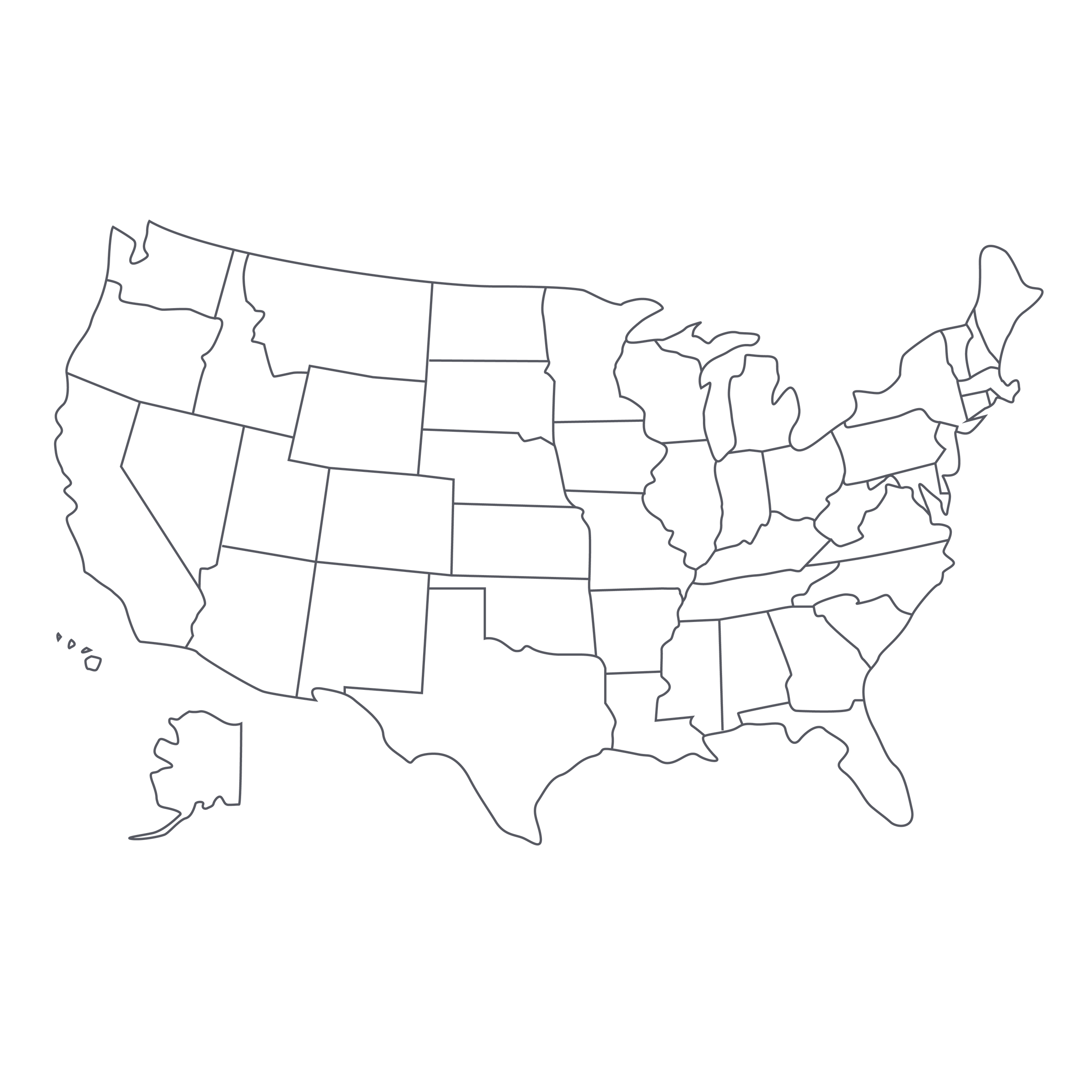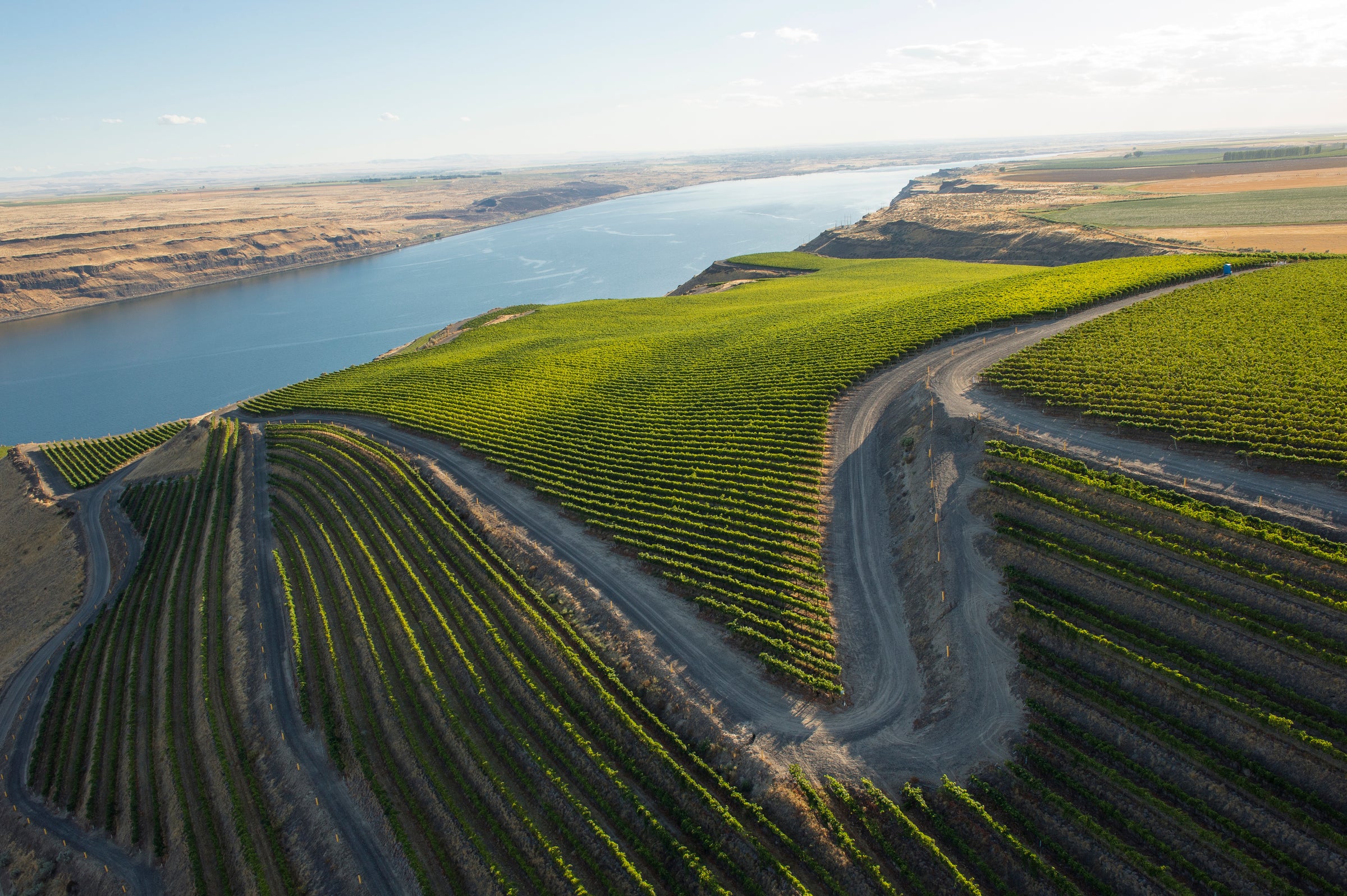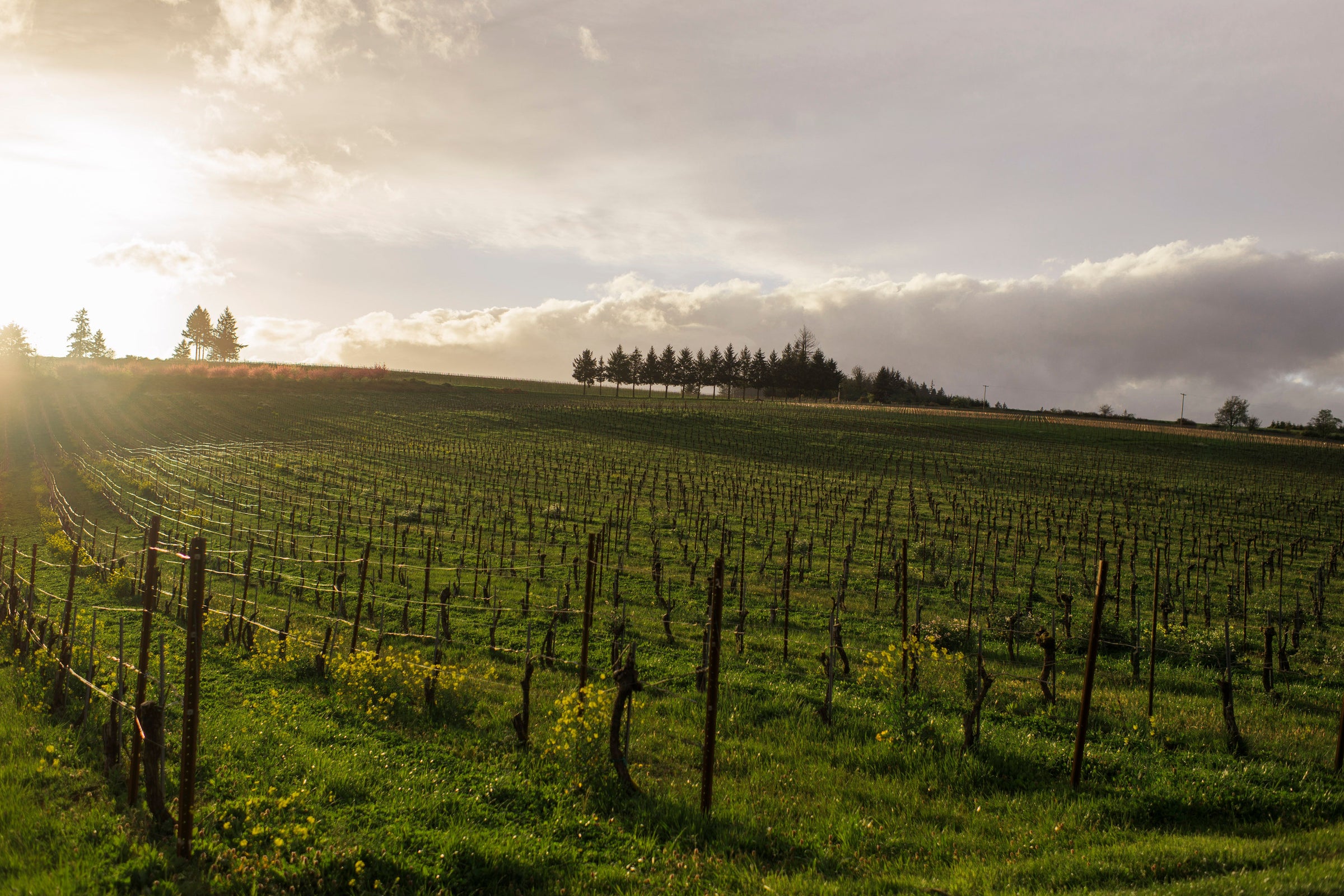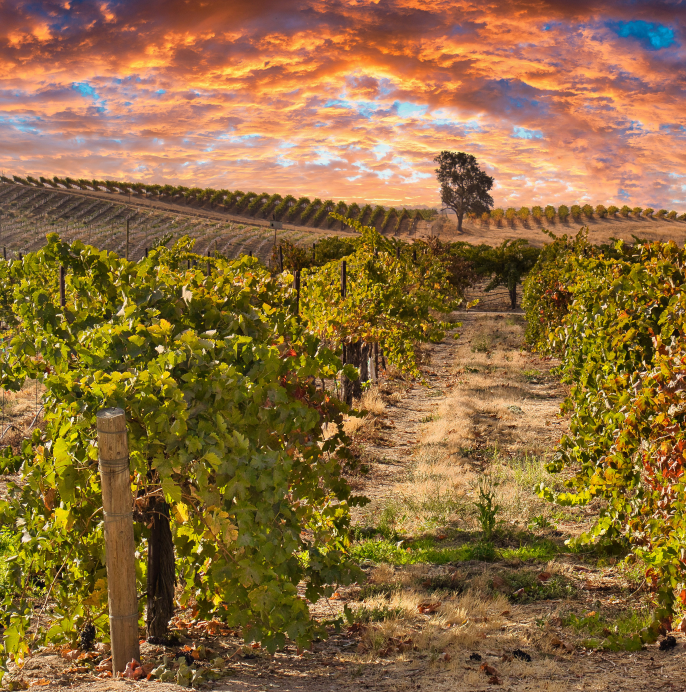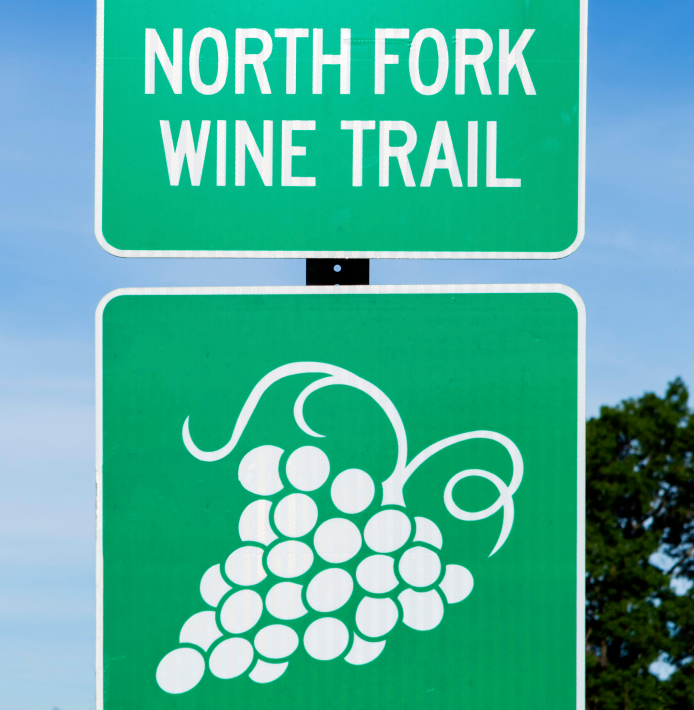The month was April, the year was 1989. Randall Grahm graced the cover of
Wine Spectator wearing a red handkerchief scarf, a black bandit mask, and a leather holster equipped with bottles of wine. The title read: “The Rhône Ranger, Maverick Californian on the Winning Trail.” Thirty years later, Grahm’s still considered a maverick even as his Bonny Doon wines have become mainstream favorites.
Part mad scientist, part philosopher, Grahm is one of the most influential personalities in American wine; a great contributor to the “New California” landscape; and a champion of varieties beyond Chardonnay and Cabernet Sauvignon. He was, of course, an ‘early adopter’ with Syrah, and he had it right from the outset: Rhône grapes like California, from its extra brushstroke of afternoon sunshine, to the daily plunge from warm days to cold nights, to the crackly dry soils and the struggle for water. Wild and deep like an Old School Cornas, with the cold brambly fruits and silkiness of a Côte-Rôtie, today’s wine will fool the savviest blind taster: “What? California Syrah, No Way!” We love Syrahs that fool us, stump us, bring us awe, and shake us from the safe pedestal of the Northern Rhône. From Randall Grahm, to us, to you, everyone wins big with this remarkably candid (and incredibly well-priced) expression of California Syrah.
The history behind this wine is complex and colorful, to say the least. Bonny Doon is a town that sits deep within the Santa Cruz mountains. Here, in the early 1980s, Randall Grahm began a personal quest to make the best American Pinot Noir, or, as he states, “a foolish attempt to replicate Burgundy in California.” By his own estimation, that replication failed, but it opened the door to Rhône grapes, which flourished, and their wines mirrored the hardcore savory soul of the Old World. But Randall’s commitment and brilliance with Rhône varieties got a little lost amidst all the shuffles and changes at Bonny Doon. The original Santa Cruz Bonny Doon vineyard was sold, and there was a period when the winery was pumping out huge volumes of wine; it was behemoth, the antithesis of “special.” Then in 2006, Randall sold off his kitschier brands (Cardinal Zin and Big House) in a desire to downsize, refocus, and make terroir-forward wines.
Bonny Doon’s new home is called “Popelouchum,” a 400-acre vineyard in San Benito County, but some of the wines, like this “Le Pousseur” Syrah, come from sites even further down the Central Coast. Questions of “What is Bonny Doon?” and “Where is Bonny Doon?” have naturally amassed over the years, and they are sometimes hard to answer (If you’re more curious, we recommend reading Randall’s “vinthology,”
Been Doon Too Long). We tend to obsess over grape and place, but sometimes forget about the power of “Who?” Today’s wine is total Randall Grahm, energetically layered and immediately captivating. It is pure Syrah and its places are terroir gems: 63% of the fruit hails from Santa Maria Valley’s cool and justly famous Bien Nacido Vineyard, and the other large chunk comes from the dusty, warm, rocky soils of the Alamo Creek Vineyard, located in the rolling middle of nowhere, in southeast San Luis Obispo County. “Le Pousseur” means “The Pusher,” and indeed, this wine pushes us from Old World comfort zone and brings us closer to home. At this price point, it’s hard to find a red wine that is this delicious and so perfectly represents a person, a grape, and its place. It is the furthest thing from generic.
Although Grahm’s notoriously candid ‘ingredient labeling’ on his wines includes a mention of oak chips being employed in the aging process, this is not an oaky wine. The sweet oak spice is soft and seamlessly slips into the layers of cold red and purple fruits: blackberry, morello cherry, black plums, and raspberries. We recommend giving the wine a quick 15-minute decant and serving it at cellar temperature in Burgundy stems. In the glass, a dark cherry core flashes into a plummy rim. On the nose, I couldn’t agree more with Grahm’s own tasting notes: The wine is “deeply and elementally feminine; enchanting and captivating rather than overpowering.” The cold and tart fruits on the nose fuse with sunny and ripe ones on the palate and together, dive deep into the earth: black licorice, bacon-wrapped stone, peppery roses, and sweet green moss. The structure is closer to medium-plus than full, with well-framed tannin and juicy acidity, but the intensity, focus, and varietal ‘trueness’ are all off the charts. Pick a meat, lamb, or beef, and grill it your favorite way. For the sauce, I like how Syrah pops with the sweet, green, and tangy notes of a traditional chimichurri. Try the attached recipe, which can be easily modified to suit your palate. Like Grahm, be different, be open-minded, change up your routine, and revel in the realness of California Syrah.


